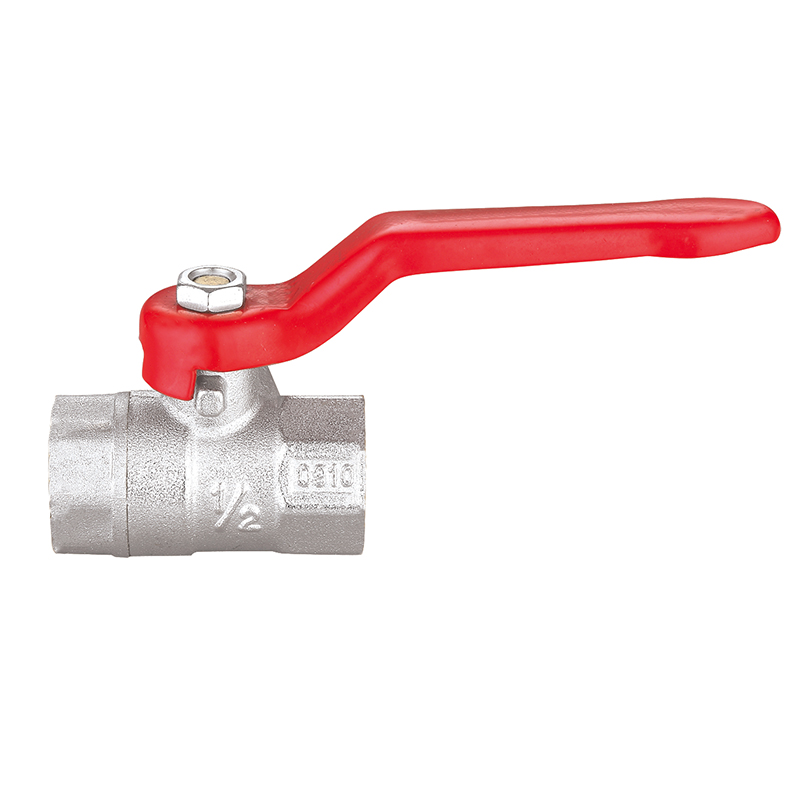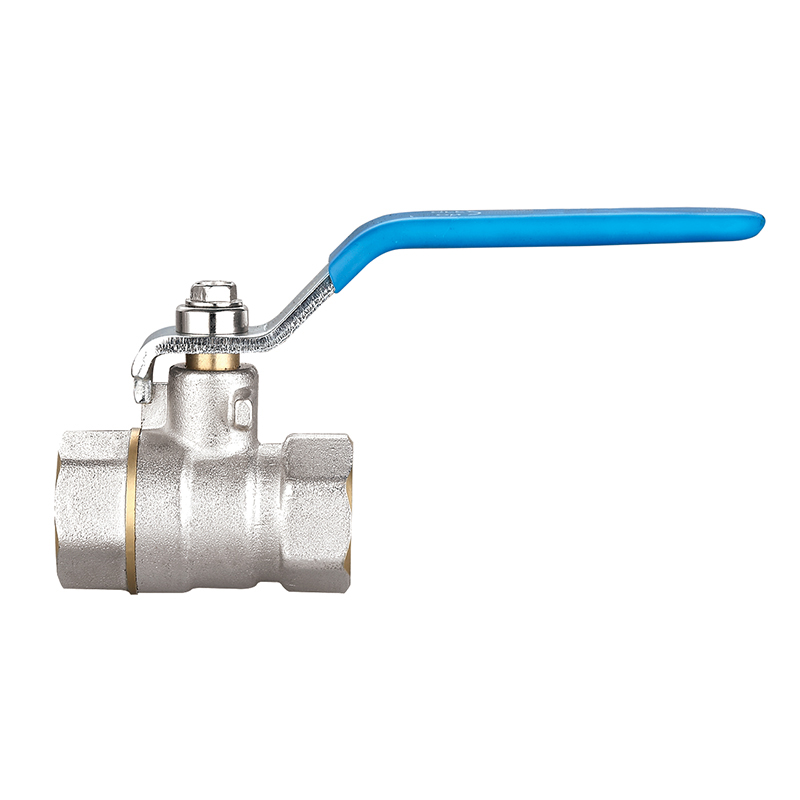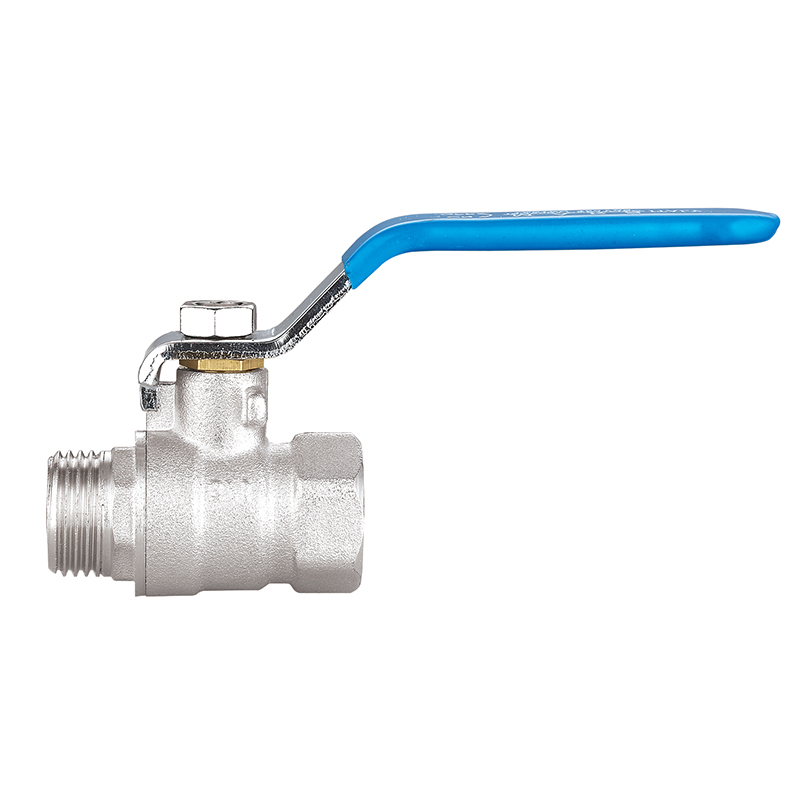Water Valves: Essential Components in Modern Plumbing and Flow Control Systems
2025-07-11
Water valves are fundamental components in all types of fluid management systems, from household plumbing to large-scale industrial operations. Their primary function is to control the flow of water—allowing it to start, stop, change direction, or regulate pressure. Each type of water valve serves a unique purpose and is carefully chosen based on the demands of the application, including flow rate, operating pressure, and installation environment. Among the common water valves are ball valves, faucets, angle valves, stop valves, check valves, and valve joints. Together, these elements form the backbone of functional, efficient, and safe water distribution systems.
Ball Valves
Ball valves are known for their durability, tight sealing, and quick operation. They use a rotating ball with a central bore that aligns with the pipe when open, allowing water to flow freely. Turning the handle 90 degrees closes the valve by turning the ball so that the bore is perpendicular to the pipe. This simple yet effective design makes ball valves ideal for both residential and industrial applications where on/off control is needed.
Ball valves are widely used in irrigation systems, household water lines, and commercial piping due to their low maintenance requirements and ability to withstand high pressure and temperature conditions. Their internal mechanism is less prone to corrosion and wear, providing long-term reliability.
Faucets
Faucets, also called taps, are the visible water valves found in residential and commercial settings. They are designed not only to control water flow but also to offer user-friendly functionality and design aesthetics. Faucets come in many styles, such as single-handle, dual-handle, sensor-operated, or wall-mounted types. Each type caters to different user preferences and water system requirements.
Beyond simply dispensing water, modern faucets often incorporate features like flow restrictors for water conservation, ceramic cartridges for smooth operation, and anti-scald technology for safety. In kitchens, bathrooms, and public facilities, the faucet remains one of the important and frequently used water valves.
Angle Valves
Angle valves, sometimes called corner valves, are compact devices used to connect water supply lines to fixtures such as sinks and toilets. They feature an inlet and outlet positioned at a 90-degree angle, which is especially useful in tight or recessed installation spaces.

These valves serve both functional and safety purposes. They allow water to be shut off to a specific fixture without affecting the entire water supply, making repairs and maintenance more convenient. angle valves are made from brass or chrome-plated materials to resist corrosion and provide a clean, modern look in exposed installations.
Stop Valves
Stop valves are similar to angle valves in function, but they are more versatile in form and are not restricted to right-angle configurations. These valves are used to isolate sections of plumbing, enabling easy repairs or upgrades without shutting down the entire system. They are commonly found under sinks, toilets, or behind appliances, allowing for quick water shutoff during emergencies or maintenance.
There are several types of stop valves, including globe stop valves, compression stop valves, and quarter-turn types. Each is selected based on flow control needs, ease of operation, and installation layout. Their presence in any plumbing system is a sign of thoughtful planning for accessibility and serviceability.
Check Valves
Check valves are essential for preventing reverse water flow, protecting plumbing systems from potential contamination and damage. They operate automatically, using either a spring-loaded or gravity-operated mechanism to allow flow in one direction only. If pressure drops or flow reverses, the valve closes to prevent backflow.
These valves are especially important in systems connected to pumps, irrigation lines, or municipal supply lines, where backflow could compromise safety or efficiency. Depending on the application, check valves may be made from brass, stainless steel, or plastic, and come in swing, lift, or in-line types.
Valve Joints
Valve joints are the connecting elements that enable water valves to be integrated into piping systems securely and leak-free. They may include threaded connections, flanged joints, soldered joints, or compression fittings depending on the system design and materials used. Valve joints play a critical role in ensuring proper alignment, structural support, and long-term seal integrity.
Whether you want to become our partner or need our professional guidance or support in product selections and problem solutions, our experts are always ready to help within 12 hours globally.




 русский
русский Español
Español عربى
عربى




